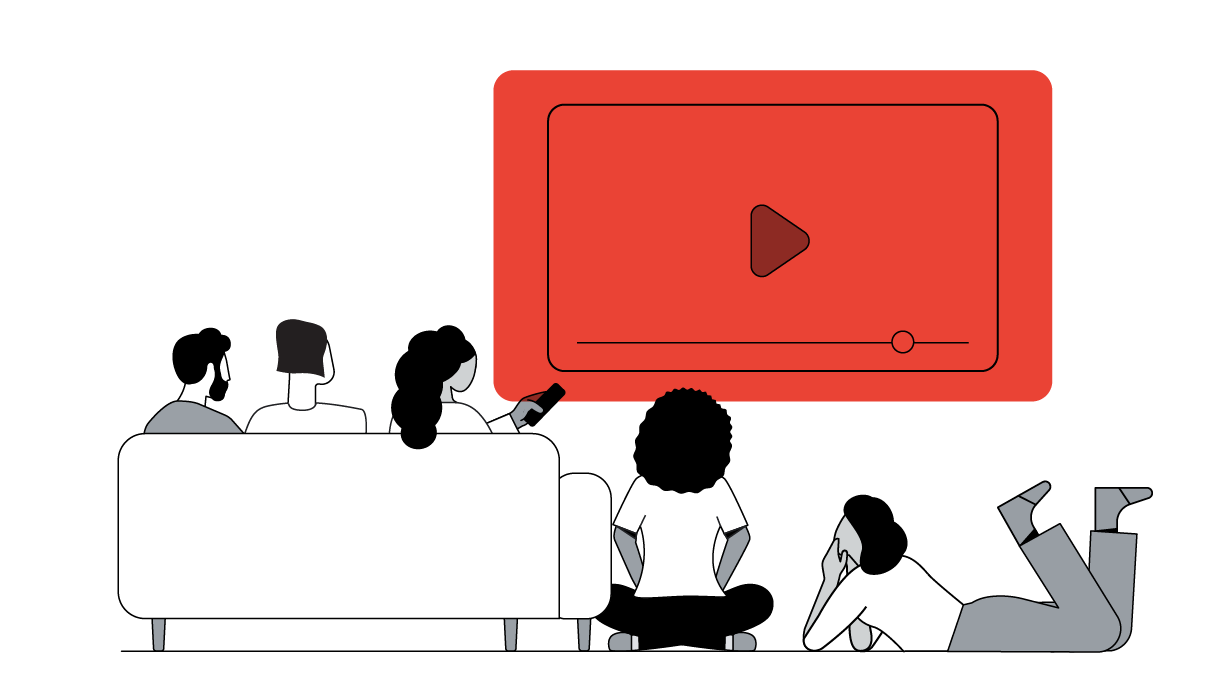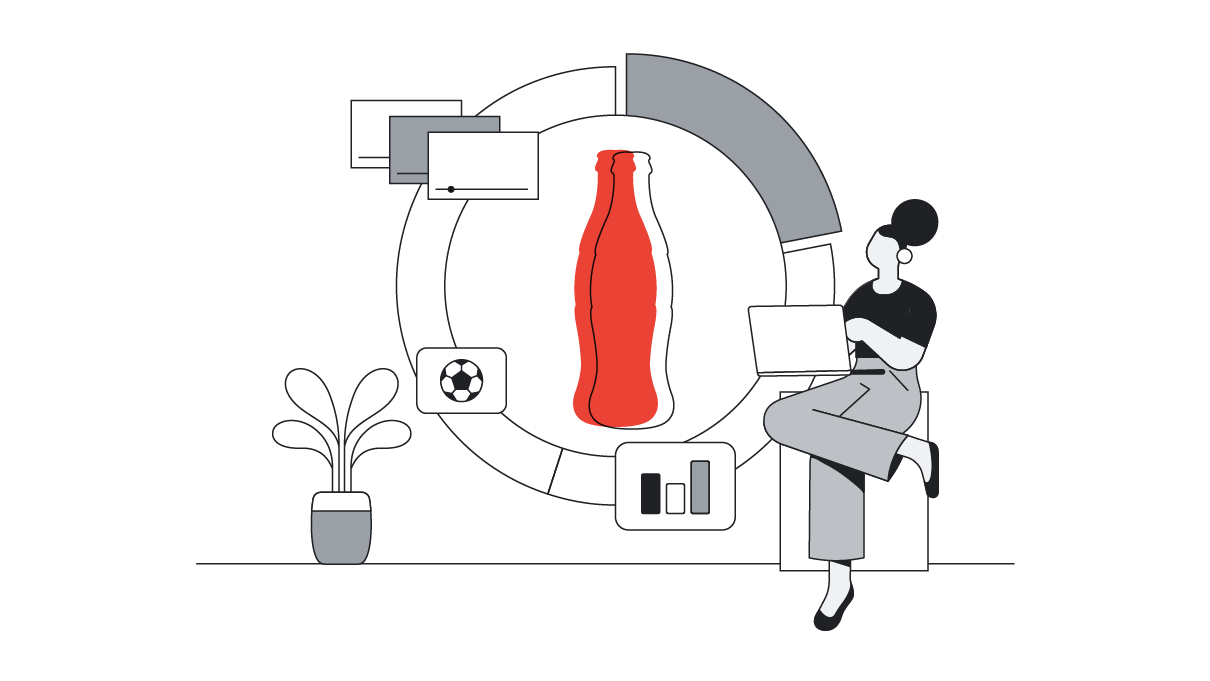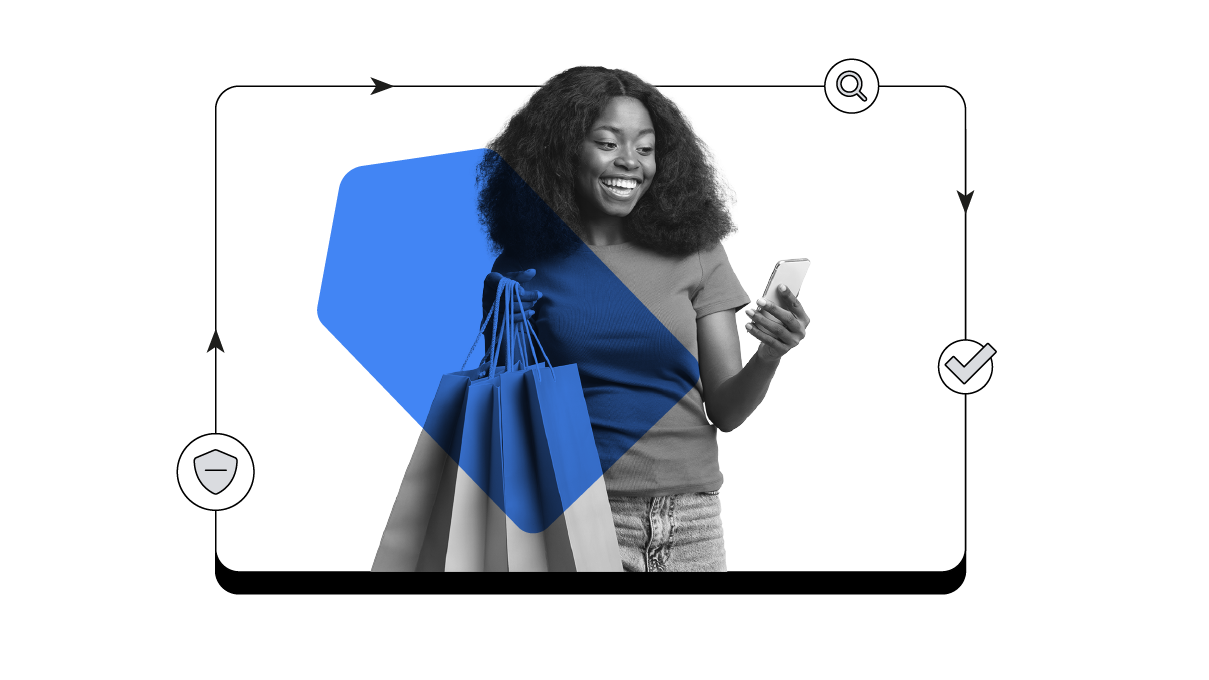Humans and alcohol have a long, entwined history. From ancient Egypt to India to China, there is widely documented evidence of alcohol playing a part in the cultures of civilizations around the globe for thousands of years.
In fact, last year, the oldest brewery in the world was discovered near Haifa in Israel, where researchers found residue of a 13,000-year-old beer. To put this in proper context, this is about 10,000 years before our species figured out how to write things down.
Given this long history, it is interesting to see evidence of a shift in the attitudes of younger generations towards alcohol. New research from London creative agency Red Brick Road finds that Gen Z is the most abstemious generation since the 1950s.
Gen Z (those born after 1995) have grown up in a world of uncertainty. Declining job prospects, concerns around home ownership and the wider impact of the 2008 financial crisis have been a constant throughout their lives. On top of this, they are the first generation who have had access to mobile devices almost from birth - meaning they are highly connected digital natives who understand the nuances of having an online presence.
Considering these young adults are estimated to make up 40% of spending power by 2021, it is crucial for every brand to pay attention to the broad generational attitudes of this audience.
For alcohol brands, the changing behaviours and shifting attitudes of Gen Z matter today. Here are three key behavioural trends that can be distilled from the research that alcohol brands should consider:
Importance of image and control: 49% of Gen Z claim their online image is always at the back of their mind when they go out socialising and drinking. 76% feel it is important to be in control of all aspects of their life at all times.
Prioritising productivity and success: Gen Z place work/university performance above socialising in their life priorities and 20% of university students are conservatively estimated to be tee-total.
Physical and mental health worries: 86% of Gen Z feel mental health is just as an important consideration as their physical health when considering drinking. 70% of Gen Z nominate binge drinking as a “very risky” activity and 41% associate alcohol with “vulnerability”, “anxiety” and “abuse”.
The findings clearly pose a challenge for alcohol brands with drinking in general decline amongst this younger audience. Not all decline is equal however, in terms of search interest gin has broken away from the spirit market, growing over 5 times more YoY than its peers. Queries for gin overtook vodka in mid 2015 and whiskey in early 2016. This demonstrates that there are still opportunities for brands to think forward, innovate and engage with this audience. For brands, it's crucial to appreciate how wider behavioural shifts should inform marketing strategy. Here are three ways alcohol brands can refresh their marketing strategy:
1. Emergence of new drinking occasions
Staying in is the new going out for Gen Z and 40% of them often make cocktails at home, inspired by YouTube tutorials and online recipes. This behaviour gives brands new and targetable occasions as well as sales channels through online delivery services – Tesco has taken advantage of this trend by creating a number of recipe videos while Majestic’s online arm Naked Wines posted a 6.3% sales growth over the Christmas period 2018.
2. Experiential marketing
74% say drinking at a bar is the proper way to celebrate and associate it with surprise and delight. The rise of new outlets such as FlightClub, Swingers (a new crazy golf experience, no raised eyebrows please) and the original All Star Lanes shows the appetite for experience-led drinking.
3. Personalisation is key
The Gen Z attention span has reduced to 8 seconds (officially now less than a goldfish), so the ability to connect and be relevant has never been more necessary. Receiving value in exchange for their data is important to this group, with almost half (47%) being happy to share personal data with brands if they get something in return.
Shifts in behaviour are affecting all areas of marketing, but online video is playing an increasingly prominent part the way GenZ consume content. A recent study found that 85% of Gen Z use YouTube, with a further 80% saying YouTube has helped them become more knowledgeable about things. This trend coupled with tumbling TV viewing figures shows that Gen Z are changing what they watch as much as what they drink - and marrying these shifts can yield lucrative results for brands. Two YouTube examples that have hit the nerve in this field and stand out for me are:
Heineken / Publicis
Heineken illustrated how a brand can effectively adapt its marketing strategy to ignite a conversation and engage younger generations in its 2018 “Open Your World” campaign. The brand had noticed the shift towards a more health conscious approach in younger generations, with many adopting a “quality over quantity” mindset which saw consumers move toward craft beer brands.
Known for humorous advertising and major sports sponsorships, the premium lager category isn’t expected to talk about societal tensions - but in order to recruit a new generation of Heineken drinkers, Heineken chose to tackle a myriad of controversial issues head on in a long-form video campaign. It sparked a conversation that got people talking around the globe and racked up more than 14 million views on YouTube alone, with 65% of viewers watching the full four minute video and 78% of the audience agreeing that Heineken stands for openness.
Robinsons Brewery / Return
Despite craft beer growing in popularity in younger generations, Robinsons Brewery’s Old Tom - “the original craft beer” - had seen steadily declining sales as it lost out to more digitally savvy competitors.
The brand turned to YouTube to reconnect with young drinkers and simply showed them the evolution of Old Tom’s branding since 1899 in an inspiring creative. Despite a 6% drop in the number of stores in which Old Tom was sold, Robinsons reported 81% year-on-year growth in bottles sold across the campaign period, and the biggest increase in return on spend (ROS) in five months.
From BC to Gen Z - our relationship with alcohol is always evolving. For brands, it's crucial to appreciate how wider behavioural shifts should inform marketing strategy and product innovation.
To get a copy of the report, please contact Red Brick Road.





